What do you think?
Rate this book


208 pages, Paperback
First published January 1, 1908
There was no laudanum and Liddy made a terrible fuss when I proposed carbolic acid, just because I had put too much on the cotton once and burned her mouth.
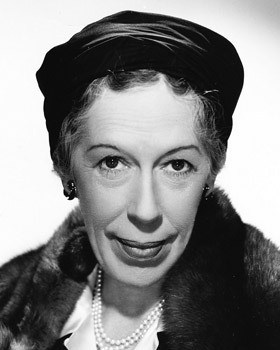
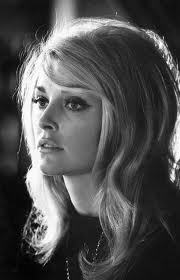
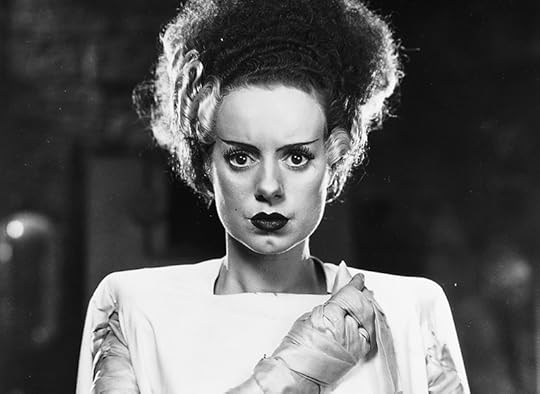
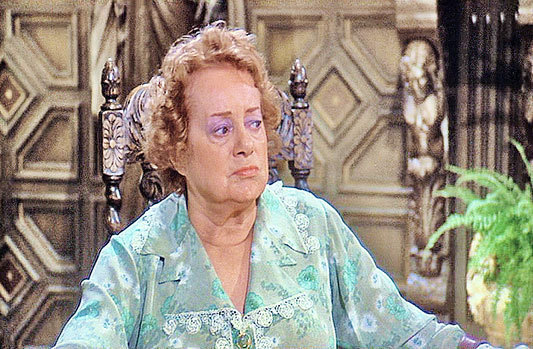


Here was I, Rachel Innes, spinster, a granddaughter of old John Innes of Revolutionary days, a D. A. R., a Colonial Dame, mixed up with a vulgar and revolting crime, and even attempting to hoodwink the law! Certainly I had left the straight and narrow way.
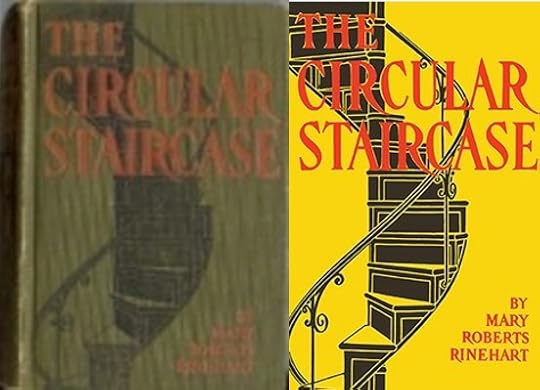
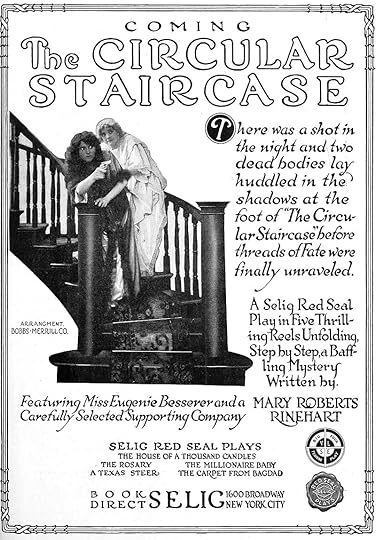
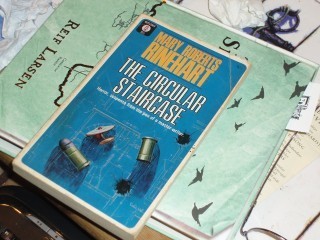
As for Thomas and his forebodings, it was always my belief that a negro is one part thief, one part pigment, and the rest superstition.